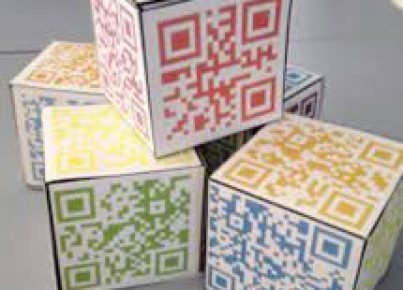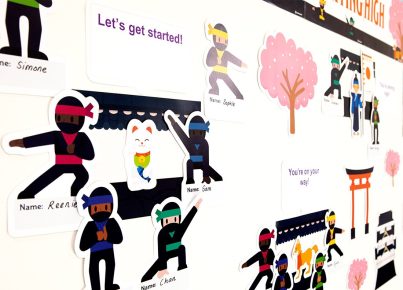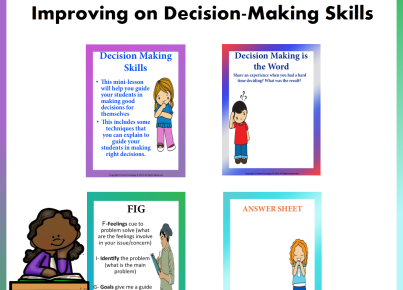Introduction:
Seesaw for Schools is an innovative digital platform designed to engage students in learning and streamline communication between teachers, students, and parents. It provides a comprehensive set of tools that help educators manage their curriculum, assess progress, and provide personalized feedback. In this article, we will explore the key features of Seesaw and how it can benefit both teachers and students in the education process.
What is Seesaw for Schools?
Seesaw for Schools is a comprehensive learning management system (LMS) that accommodates both in-person and remote learning environments. It allows teachers to create lessons, share materials, and collect student work in one convenient place. Seesaw also encourages collaboration among students, enabling them to work together on projects and communicate with each other through discussion boards.
Key Features:
1. Interactive Lessons: With Seesaw, teachers can create multimedia lessons that include videos, images, audio clips, and interactive activities to engage students in learning. This provides a dynamic classroom experience that caters to different learning styles.
2. Student Portfolios: Each student has their own digital portfolio where they can store assignments and evidence of their work. This allows teachers to track individual progress easily and offer personalized feedback.
3. Family Communication: Seesaw facilitates parent engagement by allowing them access to their child’s portfolio and providing regular updates on their progress. This promotes transparency in the learning process and encourages parents to support their child’s education.
4. Assessment Tools: Teachers can use various assessment tools within Seesaw to evaluate student work and provide meaningful feedback. Examples include rubrics, self-assessment checklists, skill evaluations, etc.
5. Collaboration Spaces: Students can collaborate with their peers through group discussions or joint projects using the platform’s built-in collaboration tools.
How Does It Work for Teachers?
Seesaw offers numerous benefits for educators, making it an essential tool in today’s classroom. Here’s how it works:
1. Simplified Lesson Planning: Teachers can use Seesaw’s intuitive tools to create and schedule assignments, add resources, and design engaging activities.
2. Efficient Feedback System: Seesaw makes providing feedback to students more efficient by allowing teachers to leave comments, record voice notes, or even create video responses.
3. Progress Tracking: The platform keeps track of student progress automatically, providing insights on areas of improvement and helping to address any learning gaps.
4. Streamlined Content Sharing: Resource libraries make sharing content with colleagues simple and efficient.
5. Easy Integration: Seesaw integrates with popular education tools, such as Google Classroom and Clever, which enables a seamless workflow between various teaching platforms.
How Does It Work for Students?
For students, Seesaw provides a unique learning experience tailored to their needs:
1. Personalized Learning Pathways: Students can work at their own pace while staying connected with their peers and teachers.
2. Engaging Activities: The interactive activities provided by Seesaw help students develop critical thinking and problem-solving skills.
3. Social-Emotional Learning: Collaboration and communication features promote positive interactions among students, fostering a sense of belonging in the classroom community.
4. Ownership of Learning: Having a personal digital portfolio allows students to take ownership of their work and reflect on their progress over time.
Conclusion:
Seesaw for Schools is a powerful learning management system that enhances the educational experience for both teachers and students. By offering interactive lessons and effective communication channels, it promotes active engagement from learners while streamlining classroom management for educators. Integrating Seesaw into the learning environment can boost academic success and foster a strong sense of community among all participants in the education process.





